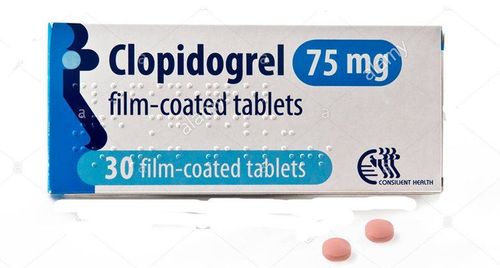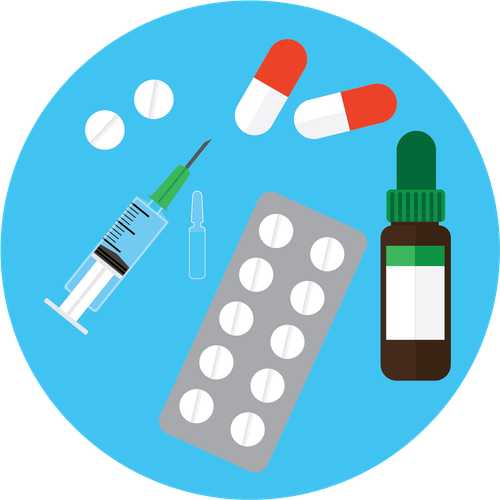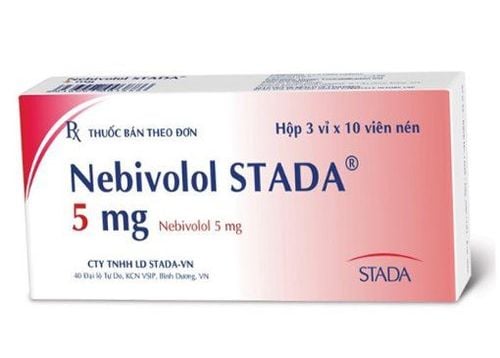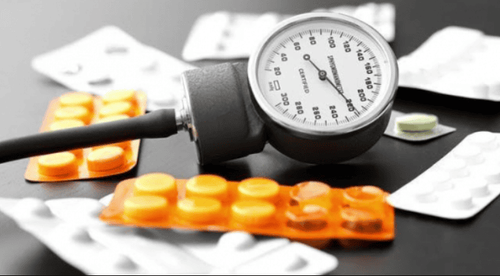This is an automatically translated article.
Calcium channel blockers are a group of drugs widely used in clinical practice in the treatment and prevention of cardiovascular disease risks. The main mechanism of the drug is to block the influx of calcium into the cells, thereby hindering the process of muscle contraction.
1. What are calcium channel blockers?
In the body, there are about 6 different types of calcium channels, of which 2 are common and clinically applied, including:
L (long acting): A type of calcium ion transport channel that is abundant in the cell membrane. smooth muscle cells of the artery wall, especially in the arterioles and myocardium. In addition, it can also be present in some other tissues such as bronchi, gastrointestinal tract, uterus... When the channel is active, it causes muscle contractions, myocardial contractions, blood vessel constriction... Type T (transient) : This calcium channel blocker is found mainly in the autonomic neurons of the heart, especially in the sinus node (SA) and atrioventricular (AV) node. This type of channel is less common in arterial smooth muscle cells and acts more passively than in the L type. This channel is responsible for the generation of membrane potential differences, thereby pacing the heart. So calcium channel blockers are drugs that interfere with the normal functioning of calcium channels, thereby causing the desired therapeutic effect of vasodilation, reduction in myocardial contractility, lowering blood pressure...
Classification of drugs Calcium channel blockers: Classified according to the effect on organ tissues
Dihydropyridine group (DHP): Drugs in this group have a major effect on smooth muscle cells of the artery wall, so when using drugs that dilate the blood vessels , causes a decrease in vascular resistance thereby lowering blood pressure, so this group of drugs is often used to treat hypertension. Some commonly used drugs such as Nifedipine, Amlodipine, nicardipine, Lacidipine...

Nhóm Dihydropyridin (DHP) thường được dùng điều trị tăng huyết áp
Nondihydropyridine group (non-DHP): This drug has a high affinity for autonomic neurons of cardiac tissue including sinus node (SA), atrioventricular node (AV). Drugs that reduce the autonomic depolarization of cardiac autonomic neurons should slow the heart rate, decrease myocardial contractility, reduce myocardial oxygen demand, prevent coronary artery spasm and prevent specific extrasystoles. especially atrial extrasystoles .... These drugs include Verapamil and Diltiazem.
2. Mechanism of action of calcium channel blockers
When using calcium channel blockers will create effects on the body's organs including:
For arteries: When entering the body, the drug will bind to the alpha 1 subunit of the cell's L-type calcium channel. Arterial wall smooth muscle, on this subunit there are positions N, D and V, depending on the drug in the calcium channel blocker group, the binding site is different. Thereby causing the effect of reducing the amount of calcium ions entering the cell, reducing the contractility of smooth muscle, reducing the resistance of the vessel wall, causing a decrease in blood pressure and anti-spasm of the arteries, which is important for used is the coronary artery. For the heart: When entering the body, the drug will bind to the calcium ion transport channels of all types of heart tissue cells. thereby reducing the concentration of calcium ions into the cell. Therefore, the drug has an effect on cardiomyocytes by reducing the ability of heart muscle cells to contract, reducing myocardial activity, leading to a decrease in myocardial oxygen demand. For autonomic neurons: Consists of the sinus node, atrioventricular node, and the purkinje conduction network of the heart, these drugs reduce the concentration of calcium ions in the cell, thereby altering the cell membrane potential, causing decrease the depolarization of autonomic neurons and increase the conduction time in the heart. When the depolarization is reduced, the potential pulses will be emitted more slowly, thereby reducing the heart rate, increasing the diastolic period (the time when the heart muscle is at rest), reducing the myocardial oxygen demand. In addition, changes in the membrane potential also reduce the self-depolarization of the cell clusters in the peripheral foci of extrasystoles in extrasystoles.
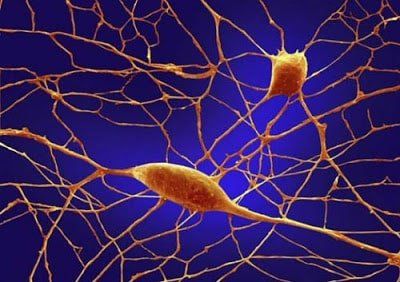
Thuốc chẹn canxi làm giảm nồng độ ion canxi trong tế bào thần kinh tự động
With the above mechanism of action, calcium channel blockers cause effects on organs such as:
On smooth muscle Relaxing smooth muscles: Gas smooth muscle, bronchi, digestive, uterus, but especially is the vessel wall.
On the myocardium: Ca channel blockers reduce conduction and contractility of the myocardium, thereby reducing oxygen demand in patients with coronary vasospasm.
Brain vessels Nimodipine is a DHP drug with high affinity for cerebral vessels, so it is used for patients with cerebral stroke in case of subarachnoid hemorrhage causing vasoconstriction due to compression; stroke with vasculitis..
3. Indications and contraindications of calcium channel blockers
3.1 Indications of calcium channel blockers Calcium channel blockers have 3 main indications including:
Treatment of hypertension: In both hypertension and hypertensive crisis. The drug lowers both systolic and diastolic blood pressure. Does not reduce blood pressure in normal people. Coronary artery disease: Non-DHP group is indicated in the treatment of stable angina, silent myocardial ischemia, coronary spasm (prinzmetal). Can be used in combination with other groups of drugs to treat ischemic heart disease. Treatment of cardiac arrhythmias: Non-DHP calcium channel blockers are used in the treatment of some arrhythmias such as sinus tachycardia, atrial extrasystoles.

Chẹn kênh canxi được sử dụng nhiều trong điều trị và phòng ngừa những nguy cơ bệnh lý tim mạch
In addition, some other cases are also indicated such as:
Primary pulmonary hypertension. Cerebral vasoconstriction after subarachnoid hemorrhage (using nimodipine). Hypertrophic cardiomyopathy. Migraine headache. Raynaud's syndrome 3.2 Contraindication to calcium channel blockers Contraindications for DHP group:
Aortic stenosis Hypertrophic cardiomyopathy Severe heart failure Unstable angina Non-DHP group contraindications:
Heart failure Systolic Sinus node weakness syndrome Atrial-ventricular block Slow heart rate Calcium channel blockers are used a lot in the treatment of the disease, however, when using the drug, it is necessary to be very careful and should be under the guidance of a qualified doctor. . Avoid indiscriminate use causing dangerous complications to the body.
Any questions that need to be answered by a specialist doctor as well as customers wishing to examine and treat at Vinmec International General Hospital, please register for an online examination on the Website for the best service.
Please dial HOTLINE for more information or register for an appointment HERE. Download MyVinmec app to make appointments faster and to manage your bookings easily.




